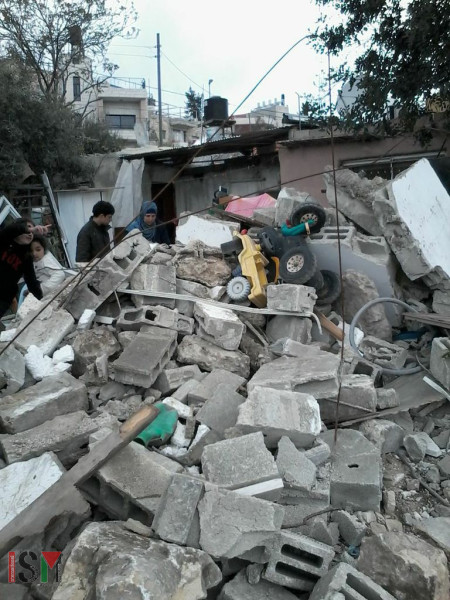Tag: Jerusalem
-

Jerusalem family threatened with demolition order
8th February 2016 | International Solidarity Movement, al-Quds team | Jerusalem, occupied Palestine Israeli authorities on 2nd February 2016 issued a demolition order for the fence and gate surrounding the Amro family’s home in Wadi al-Joz in occupied East Jerusalem. The family was given 48 hours to remove the fence and gate before an imminent…
-

Three new homes will be demolished in Jerusalem
7th February 2016 | International Solidarity Movement, Ramallah Team | South Jerusalem, occupied Palestine Yesterday, on Saturday February 6th, we visited the house of 49 year old, Salah Abukaf, who lives in the neighborhood of Sur Baher in occupied South Jerusalem, and two days ago received a house demolition order. Last year, on September…
-

Daily harassment and boycott of Palestinian businesses in the Old City of Jerusalem
22th January 2016 | International Solidarity Movement, Ramallah Team | Jerusalem, occupied Palestine Three days ago, the ISM visited the Old City in Jerusalem to talk with different Palestinian residents who live and work there and see what the situation is like nowadays. Harassment by the Israeli Police, particularly on the youth, is a…
